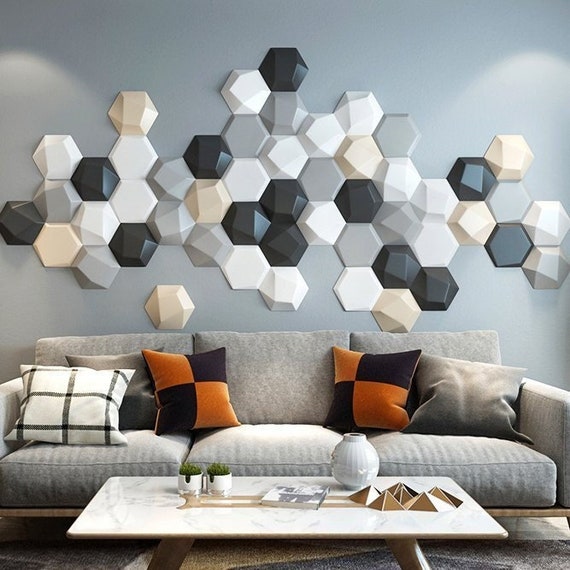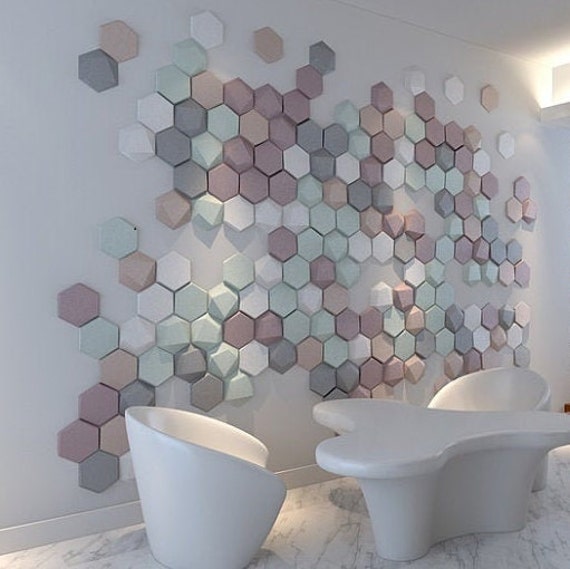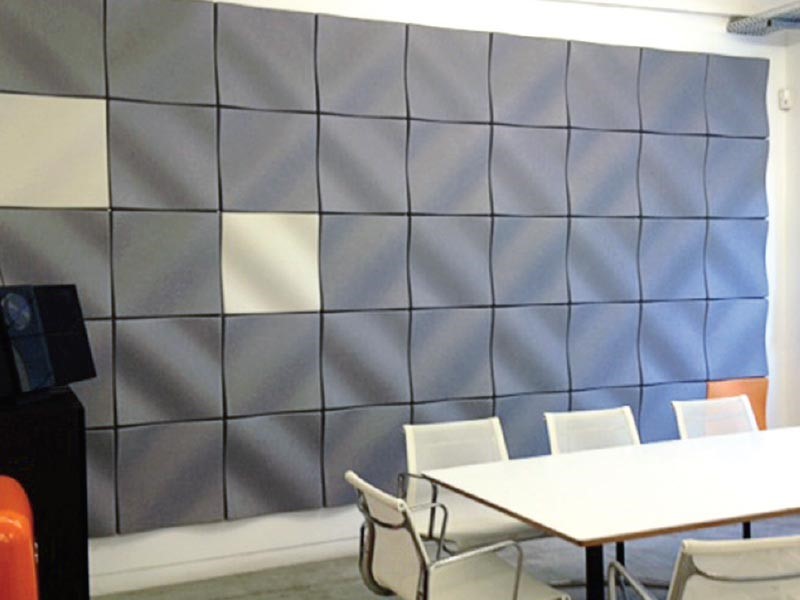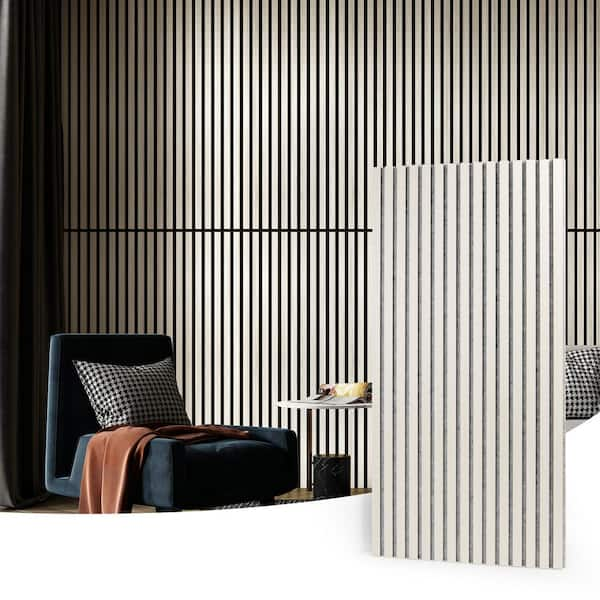Have you ever entered a room that just felt too loud or chaotic? Trust me; I’ve been there. After moving into my new apartment, I quickly realized that the open layout, while visually appealing, contributed to dreadful echo and noise levels. Enter decorative sound absorbing wall panels—a stylish solution that not only dampens unwanted noise but also enhances the aesthetic of your space. In this comprehensive guide, we’ll explore everything you need to know about these innovative panels, from their benefits to installation tips, comparisons, and FAQs.
What Are Decorative Sound Absorbing Wall Panels?
Decorative sound absorbing wall panels are specially designed acoustic panels that help reduce sound reflection in a room. They can be made from various materials, including foam, wood, fabric, and even natural materials, making them an excellent choice for enhancing both aesthetics and acoustics.
Why Choose Decorative Sound Absorbing Panels?
These panels are not just functional; they can be an important design element in your space. Here are some key reasons to consider them:
- Improved acoustics: Reduces echoes and improves sound quality.
- Aesthetic appeal: Available in various designs, colors, and textures.
- Versatile applications: Suitable for homes, offices, restaurants, and more.
- Easy installation: Many panels are designed for simple DIY installation.
The Science Behind Sound Absorption
Before delving into design options or installation methods, it’s essential to understand how sound absorption works. Sound travels through air as waves, bouncing off hard surfaces like walls and floors. This is where sound absorbing materials come into play.

How Do Sound Absorbing Materials Work?
Materials that absorb sound are typically porous or fibrous, allowing sound waves to enter and be converted into a small amount of heat energy. This process reduces the intensity of the sound waves reflecting off surfaces, thus minimizing echoes and enhancing clarity.
Types of Decorative Sound Absorbing Panels
There’s a wide range of sound absorbing panels on the market, each with its unique properties and aesthetic appeal. Here are some popular types:

1. Fabric Panels
Fabric-covered panels are a popular choice due to their versatility and range of colors and patterns. They are great for reducing noise levels in commercial spaces and homes.
2. Wood Panels
For a more natural look, wooden panels add warmth and charm to any room. These panels often come with a beautiful finish, making them an excellent addition to living rooms or offices.

3. Foam Panels
Foam panels are lightweight and easy to install. They are widely used in recording studios and home theaters due to their excellent sound-absorbing properties.
4. Acoustic Tiles
Acoustic tiles can be installed on ceilings and walls, providing a sophisticated look and effective noise reduction.

Comparing Decorative Sound Absorbing Panels
When it comes to choosing the right type of sound absorbing panels, it’s vital to weigh the pros and cons. The table below summarizes the characteristics of different types of panels:
| Type | Pros | Cons | Best For |
|---|---|---|---|
| Fabric Panels | Variety of designs, effective absorption | Can collect dust, may require cleaning | Living rooms, offices |
| Wood Panels | Natural aesthetics, durable | More expensive, less effective in extreme sound environments | Restaurants, homes |
| Foam Panels | Lightweight, very effective | Limited aesthetic appeal, can look industrial | Studios, home theaters |
| Acoustic Tiles | Versatile placement, effective | Installation can be complex | Commercial spaces, offices |

Where to Use Decorative Sound Absorbing Panels
Now that you’ve decided to incorporate sound absorbing panels into your space, where should you place them for maximum effect? Here are some common applications:
1. Home Theater Rooms
Creating an immersive sound experience is crucial in home theaters. Foam or fabric panels can help to achieve the desired acoustics and enhance the cinematic experience.

2. Open Concept Living Areas
If you’re in a loft-style apartment or a home with an open layout, sound absorbing panels can help reduce noise levels between different areas.
3. Offices and Coworking Spaces
In today’s fast-paced work environment, noise distractions can hinder productivity. Sound absorbing panels in offices can create a more focused atmosphere.

4. Music Studios
For musicians and producers, acoustic panels are essential for creating high-quality recordings. Strategically placed panels can drastically improve sound clarity.
How to Install Decorative Sound Absorbing Panels
Once you’ve selected your sound absorbing panels, it’s time for installation. Here’s a step-by-step guide to get you started.
Tools and Materials Needed
Before you begin, gather the following tools and materials:
- Panels
- Measuring tape
- Level
- Strong adhesive or mounting hardware
- Utility knife (for cutting panels, if necessary)
- Sandpaper (if cutting is required)
Installation Steps
- Measure the Space: Determine where you want to place your panels. Take measurements to ensure they fit well.
- Mark the Wall: Use a level to draw a light line where the top of the panels will go.
- Prepare the Panels: If necessary, cut the panels to the desired size with a utility knife.
- Adhere the Panels: Apply adhesive to the back of the panels and press them against the wall, following your marked line.
- Allow to Set: Follow the manufacturer’s instructions for drying time.
Maintaining Your Sound Absorbing Panels
To maximize the life of your decorative sound absorbing panels, regular maintenance is vital. Here are some tips:
1. Cleaning
Dust and dirt can accumulate on panels, affecting their appearance and performance. Use a soft cloth or vacuum cleaner with a brush attachment for regular cleaning.
2. Avoid Direct Sunlight
Some materials can fade when exposed to direct sunlight over time. Consider the placement of panels near windows or other sunlight sources.
Pros and Cons of Decorative Sound Absorbing Panels
Before making a purchase, it’s important to understand the benefits and potential drawbacks. Here’s a breakdown:
Pros
- Significant reduction in noise levels.
- Enhances room aesthetics.
- Wide variety of designs and materials available.
- Easy to install and maintain.
Cons
- Some panels may be more expensive than traditional wall coverings.
- Quality can vary; not all panels perform equally.
- Installation may require some DIY skills or professional help.
Frequently Asked Questions (FAQs)
1. How effective are sound absorbing wall panels?
Sound absorbing wall panels can significantly reduce noise levels and improve sound quality in a room. However, their effectiveness depends on the type of material used and the installation method.
2. Can I make my own sound absorbing panels?
Yes! DIY sound absorbing panels can be made using materials like foam, fabric, and wood. There are numerous tutorials available online.
3. Are sound absorbing panels suitable for all rooms?
Sound absorbing panels can be beneficial in any room where sound control is desired. They are particularly effective in areas with hard surfaces, such as studios, offices, and open spaces.
4. Are there eco-friendly options?
Absolutely! Many manufacturers offer eco-friendly sound absorbing panels made from recycled materials or sustainably sourced wood.
5. How much do sound absorbing panels cost?
The cost of sound absorbing panels can vary greatly depending on the material and brand. On average, prices range from $30 to $150 per panel. Bulk purchases often provide discounts.
In conclusion, decorative sound absorbing wall panels are an excellent investment for improving both the acoustics and aesthetics of your space. Whether you’re a homeowner, business owner, or musician, these panels offer a functional and stylish solution to noisy environments. By considering the options available, understanding how to install them, and maintaining them properly, you’re well on your way to transforming your space into a serene oasis.